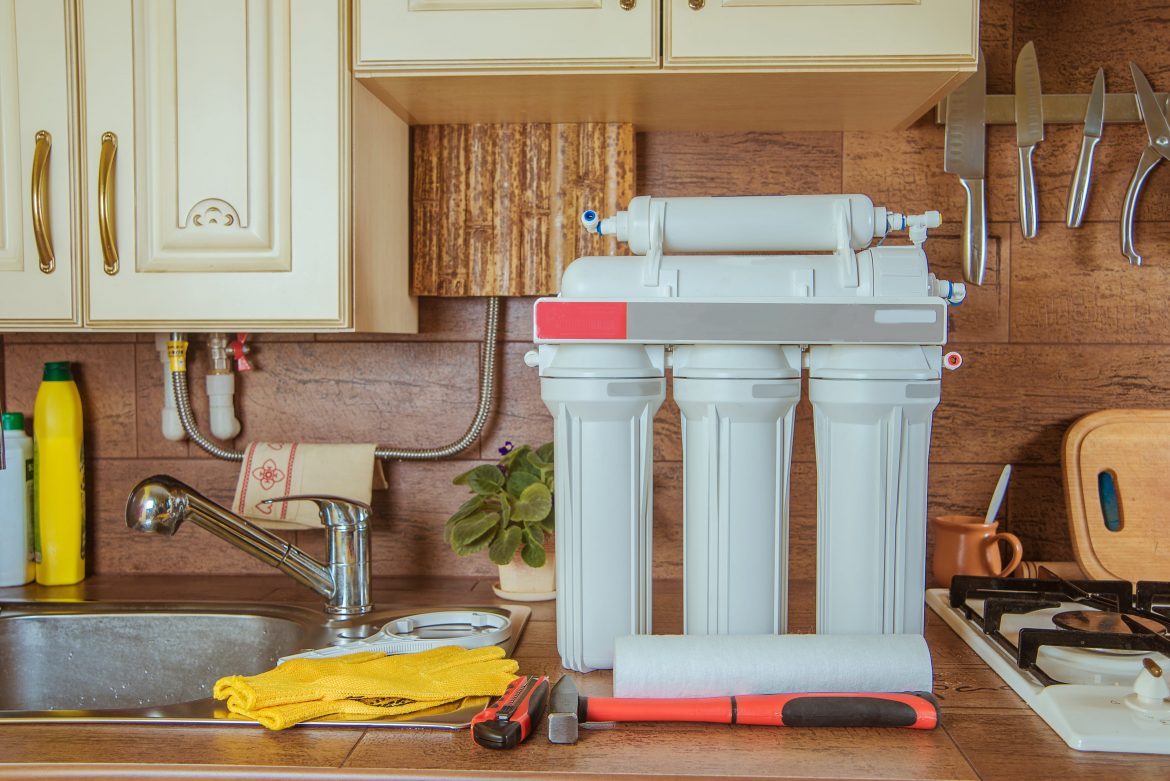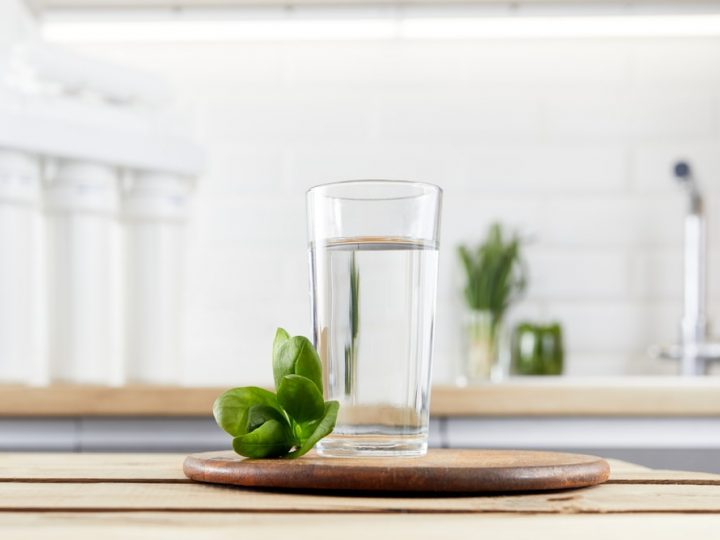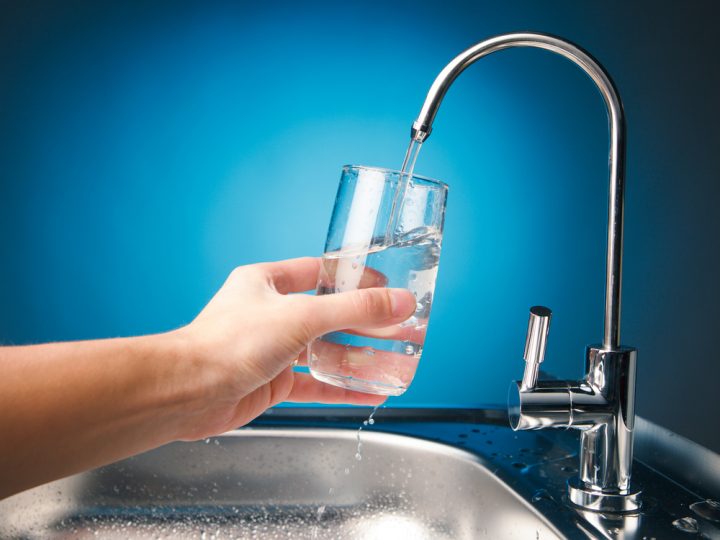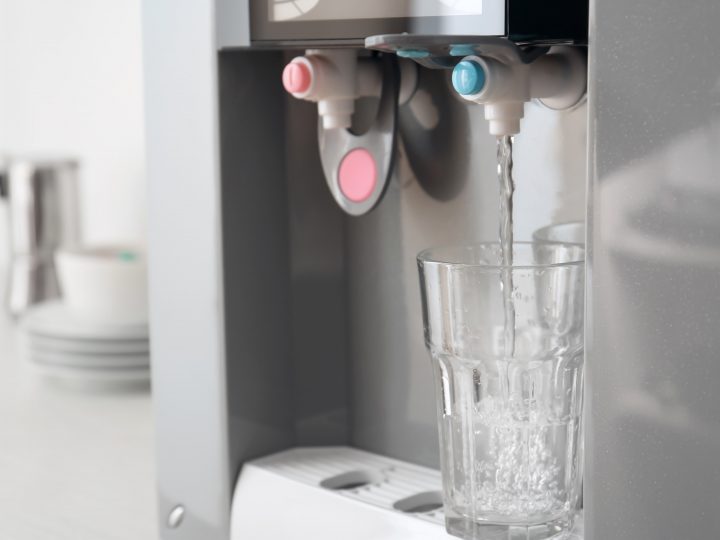
The average Australian tap generally provides safe-to-drink water. So unless you’re living in a remote part of the country, the water you can drink from your kitchen tap is likely to be just as clean as bottled water. However, the chlorine treatment used to keep the water supply clean isn’t perfect. Similarly, water from borewells might have a higher mineral content and come with fine sediments. In most cases, these can leave distinctive tastes and smells that could be off-putting for some.
For instance, tap water from cities like Sydney are described as having a faint smell of chlorine. Meanwhile, some describe the water in Perth to have a slight taste akin to sea water, due to a relatively higher salt content. Unfortunately, the off-putting taste can cause some to put off having a regular glass of water—which can increase the risk of dehydration during hot summers. And these are just a few examples. In rare occasions, some pathogens can even survive the chlorine treatment process, possibly exposing you to some forms of bacteria, viruses, parasites, and more.
If you want to guarantee that your tap water is absolutely safe to drink and free of any unwanted taste, then you should consider having a water purifier installed. These devices make use of processes such as reverse-osmosis, de-ionisation, distillation, and more to remove up to 95% of these contaminants. However, they aren’t the simplest to understand and can be confusing for first-time buyers. If you’re having a hard time deciding on the right one for you, here are some vital considerations when buying a water purifier Perth filtration experts will recommend:
Choosing from Popular Purifier Types
One of the first things you should consider is whether you get surface water that’s supplied to your local government area or if it’s groundwater from borewells and tankers—or even a mix of both. Knowing what type of water you’re supplied with will tell you what type of contaminants are going to need filtering out. And as a result, this should give you a good idea of what type of purifier is right for you. To be 100% sure, you can do a simple total dissolved solids (TDS) test. This can be done with a handheld device that you can easily find online or at a DIY shop. The results will tend to be higher for groundwater (above 500 ppm), meaning that you’ll want a reverse osmosis (RO) purifier. On the other hand, you’ll be better off going for an ultraviolet (UV) purifier if you get a low TDS result (lower than 500 ppm).
Overall Size and Capacity
The next consideration is on the water purifier’s overall size and capacity. What’s important here is to get a model that will match the water intake range of a space’s inhabitants. Ask yourself these questions: will this be for your home or for your office? On average, how many people will be using it daily? These helpful questions should guide you towards the right size range when buying your first water purifier. You’ll want a bigger model if you have a big office or if you have a lot of family members who live with you. Consequently, this may not be the most efficient choice if you only live alone or with just a couple of other people.
The Water Purifier’s Flow Rate
Another important thing to note is how different water purifiers also have differing flow rates. This amount is measured by each model’s manufacturer and will also usually depend on the size of the model you’ll be getting. But overall, just know that different models have varying flow limits when it comes to purifying water. If exceeded, these can compromise the water purifier’s effectivity and make it more likely that some contaminants can get through the purification process. And for purifiers with storage systems, getting a model with an insufficient flow limit could mean that you won’t have enough stored water in the event of a sudden shortage.
Proper Build and Design
Next, you’ll want to choose a build and design that’s as small and portable as possible while still meeting your usage requirements. This helps streamline the installation process, whether you’ll be doing it on your own or seeking the help of an expert to help you out. After all, smaller units will be easier to incorporate into any given space and might even require fewer people to install. But what’s more, it will also help to pick a model that matches the styling of your office or home. This way, it won’t stick out and ruin your space’s look and feel once it’s set in place.
Sticking to Your Budget
Lastly, you’ll just want to make sure that your final choice is still within your budget. Keep in mind that there might be additional costs in addition to the money you’ll spend upfront. As we’ve mentioned, getting experts to help with installation might cost some extra to account for the convenience. And if you’ll decide to try and install the water purifier on your own, you might have to purchase additional tools to get the job done. Depending on the type of purifier you end up getting, you might also want to consider the amount added to your monthly electricity bill. This is on top of the replacement cartridges that should be cycled out after a predetermined period.
Selecting a water purifier doesn’t have to be a daunting experience. Meanwhile, they can be too important to skip altogether, since they undoubtedly succeed at removing strange tastes and odours that can come from your tap water. This can make a big difference for each glass of water you drink at home or at the office. No matter where you intend to use it, you can simply keep the above considerations in mind to make sure you reach a sound final decision. This way, you can choose the right model with unwavering confidence.






